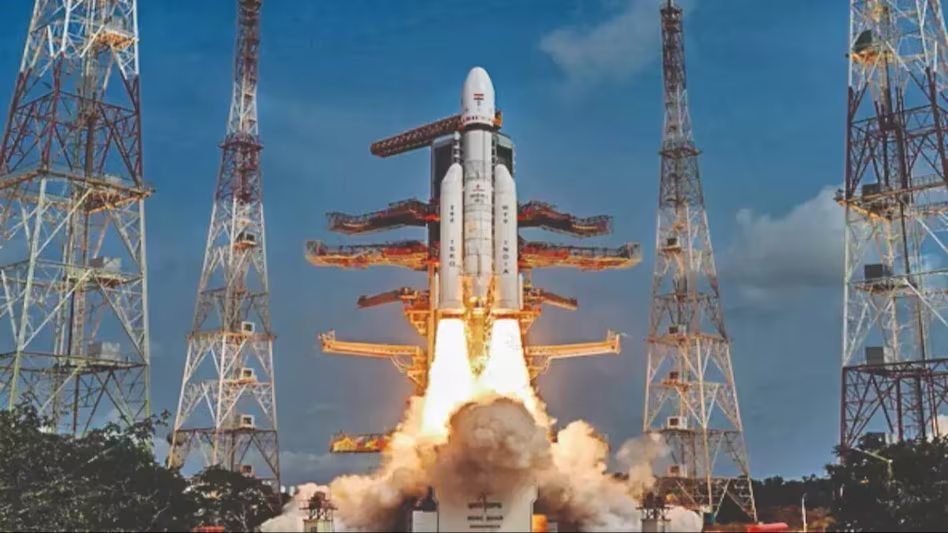India, a nation on the cusp of becoming a global economic powerhouse is embarking on an ambitious infrastructure project: building a network of high-speed bullet trains, modeled after Japan’s iconic Shinkansen system. This multi-billion dollar investment has sparked a national debate, with proponents extolling the numerous benefits and critics raising concerns about feasibility and costs. Examining the parallels and potential benefits of replicating Japan’s success with bullet trains in India can help shed light on whether this ambitious vision is a viable path towards a brighter future.
The Shinkansen: A Model of Efficiency and Progress
Japan’s Shinkansen, translated as “bullet train,” is a testament to technological innovation and efficient transportation. Launched in 1964, the system boasts several impressive feats:
- Speed: Trains travel at speeds exceeding 300 km/h, significantly reducing travel time between major cities.
- Safety: The Shinkansen boasts a perfect safety record, with zero passenger fatalities since its inception.
- Reliability: Trains operate with an on-time performance exceeding 99%, ensuring punctuality and predictable travel times.
- Economic Impact: The Shinkansen has spurred economic development, connecting previously isolated regions, fostering tourism, and generating millions of jobs in construction and related industries.
- Technological Advancement: The Shinkansen has constantly evolved, pushing the boundaries of speed, comfort, and energy efficiency.
These remarkable achievements paint a compelling picture of the potential benefits high-speed rail could offer to India.
India’s Infrastructure Landscape: A Pressing Need for Modernization
India’s existing transportation network, despite vast improvements in recent years, faces significant challenges:
- Congestion: According to the Centre for Monitoring Indian Economy (CMIE), road congestion costs India an estimated $100 billion annually in lost productivity and fuel inefficiency.
- Safety: India has one of the world’s highest road accident rates, with over 1.5 lakh deaths reported annually (2022 data).
- Inefficiency: Travel times between major cities are often lengthy, hindering business opportunities and personal travel.
Potential Benefits of High-Speed Rail in India:
The Indian government envisions replicating the success of the Shinkansen, aiming to:
- Reduce travel times: The Mumbai-Ahmedabad high-speed rail corridor, under construction, promises to cut travel time between the two cities from 7 hours to 2 hours, significantly boosting economic activity and personal convenience.
- Decongest roads: By offering a faster and more reliable alternative, high-speed rail can ease traffic congestion on major highways, improving efficiency and reducing pollution.
- Boost economic growth: The project is expected to generate millions of jobs during construction and operation, stimulate regional development, and attract foreign investment.
- Promote innovation and technology transfer: Implementing the project will involve technology transfer from Japan, accelerating India’s progress in high-speed rail technology and fostering domestic innovation.
Challenges and Concerns:
Despite the potential benefits, concerns regarding the project’s viability remain:
- High Cost: The initial cost of building high-speed rail lines is significant, raising concerns about the long-term economic viability of the project, especially considering India’s large population and diverse economic needs.
- Equity and Accessibility: Critics argue that the project might prioritize major cities, leaving rural and underserved regions behind. Ensuring equitable access to the benefits of high-speed rail is crucial.
- Environmental Impact: Building high-speed rail lines might have environmental consequences, requiring careful land acquisition, construction practices, and environmental impact assessments.
Moving Forward: A Cautiously Optimistic Approach
The Indian government is committed to developing a high-speed rail network, viewing it as a cornerstone of modernization and economic progress. While concerns about cost, equity, and environmental impact are valid, India can learn valuable lessons from the Shinkansen experience:
- Phased Implementation: Starting with shorter, high-demand corridors and gradually expanding the network ensures a more manageable and financially prudent approach.
- Technology Transfer and Localization: Implementing a technology transfer program alongside construction can foster domestic expertise and reduce long-term dependence on foreign technology.
- Sustainable Practices and Environmentally Sensitive Development: Integrating sustainable practices like carbon offsetting and minimizing land acquisition impact must be prioritized during construction.
- Focus on Equity and Accessibility: The project should be accompanied by robust development plans to ensure that benefits extend beyond major cities, fostering inclusive growth and addressing regional disparities.
Conclusion
Building a high-speed rail network in India is a complex endeavor with numerous challenges and potential rewards. While the Shinkansen model offers a compelling vision of the future, India must carefully weigh the costs, ensure equitable access, and prioritize






